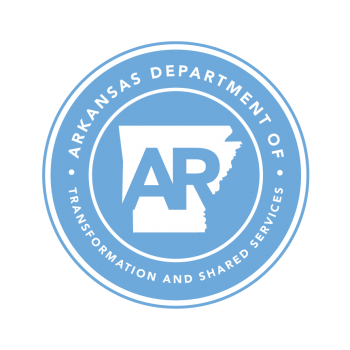Justice of Peace Districts Going Digital
The Arkansas Secretary of State, the GIS Applications Laboratory, University of Arkansas at Little Rock (UALR) and the Arkansas Geographic Information Office have teamed up on an effort to build a digital version of the Justice of Peace (JP) Districts for the state. The districts form the basis of electing County Quorum Court members. Some counties have a Geographic Information System (GIS) version of the districts, but many of the counties don’t.
The 2010 Census now underway will result in many changes to the makeup of the JP boundaries because of population shift. The effort had a huge kick start from Tim Humphries who leads the Secretary of State Redistricting Office. Back in 2001 Humphries worked with County Clerks and Election Commissions to delineate boundaries using Census Block data. The Block data stores the population inside each block and Humphries team used GIS software to assign block areas to a JP boundary. The goal of redistricting is to create areas of representation with equal population. Humphries helped create digital JP boundaries for 43 counties. Recently, the files were published on GeoStor, Arkansas’ GIS platform so that users would have access to a GIS version of the data.
Following Arkansas law the State House, Senate and Congressional Districts are set by the Board of Reapportionment, made up of the Governor, Attorney General and Secretary of State. In 2001, all of their work was completed using GIS, so those boundaries were digital right from the start. But, JP and School Boards are set by the County Election Commissions and many of them only used hand drawn maps.
Now, the rush is on to build digital maps for the remaining 32 counties. According to Humphries, “It’s a challenge to create a new JP district without being able to see the old one because it gives County Election Commissioners an idea of where to start.” Building the data now will help the counties be prepared when redistricting takes place in 2011. Since the effort began a few counties like Benton, have already created a GIS file of JP districts and sent it to the State but other counties don’t have a digital file.
The real heavy lifting is being done by staff at the UALR GIS Applications Laboratory. They are going back to County Clerks and Election Commissioners, getting the paper maps and constructing a GIS version that can be added to the statewide map. The process will take many months but it’s essential for 2011 redistricting. Part of the challenge is that faded lines on nine year old hand drawn maps are hard to trace. The issue can be compounded in places where Election Commissioners who served in 2001 either can’t remember exactly where a line runs or are no longer around. Phyllis Poche’ the Director of the UALR GIS Applications Lab said, “Our hope that every county will produce a GIS version of their JP Districts in 2011 so that in 2020 they won’t have to start over again.”
Digital maps on the Internet, in vehicles and smart phones are commonplace nowadays and people want to see how they relate to these boundaries. This will be one more layer added to the State’s GIS that will help voters, office seekers and election officials see the data electronically.

